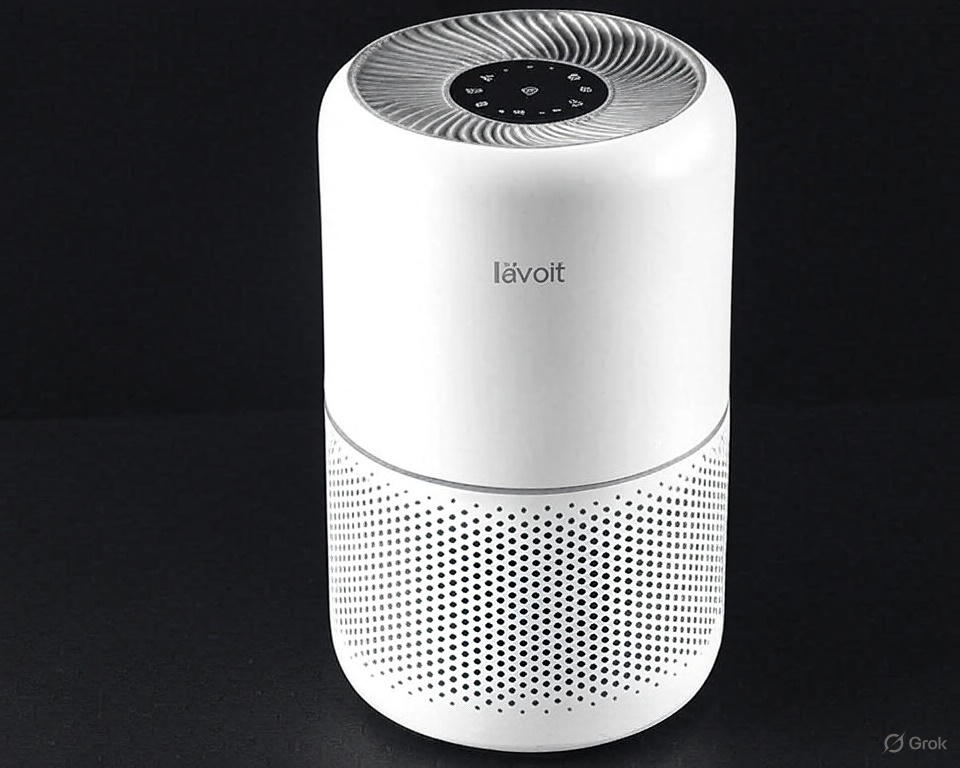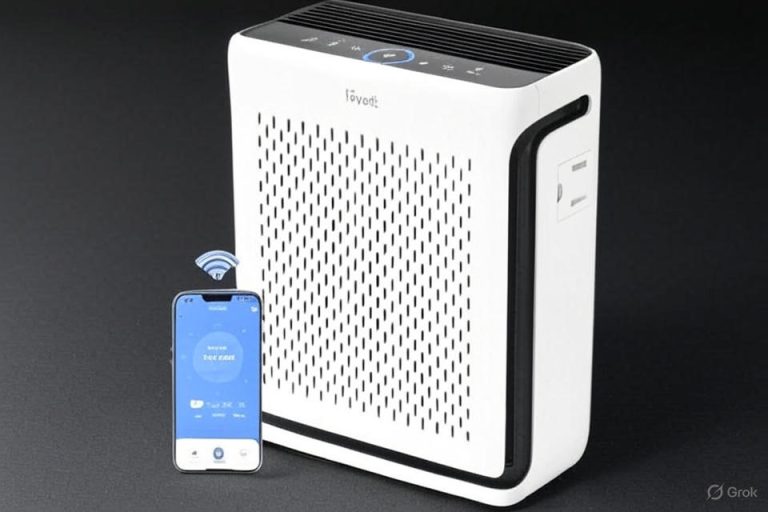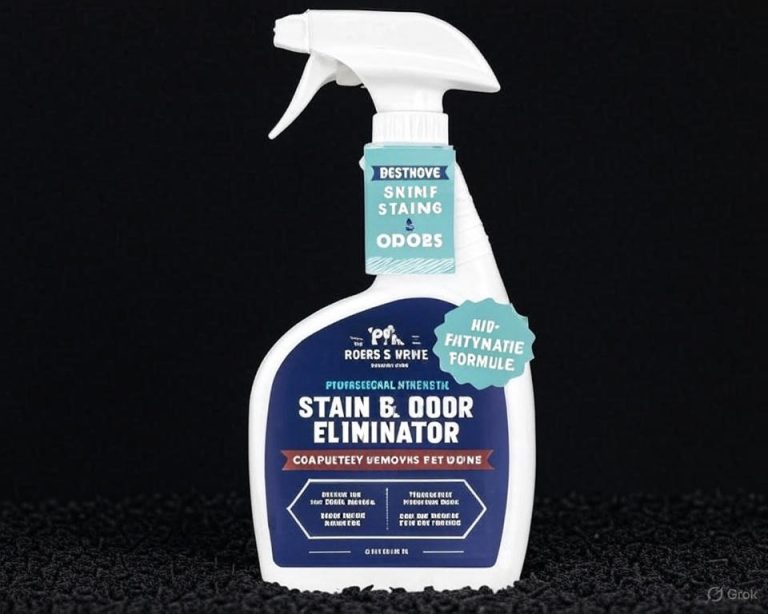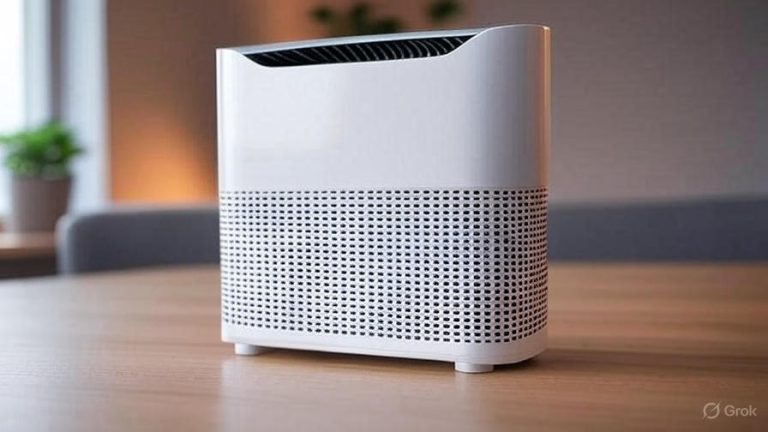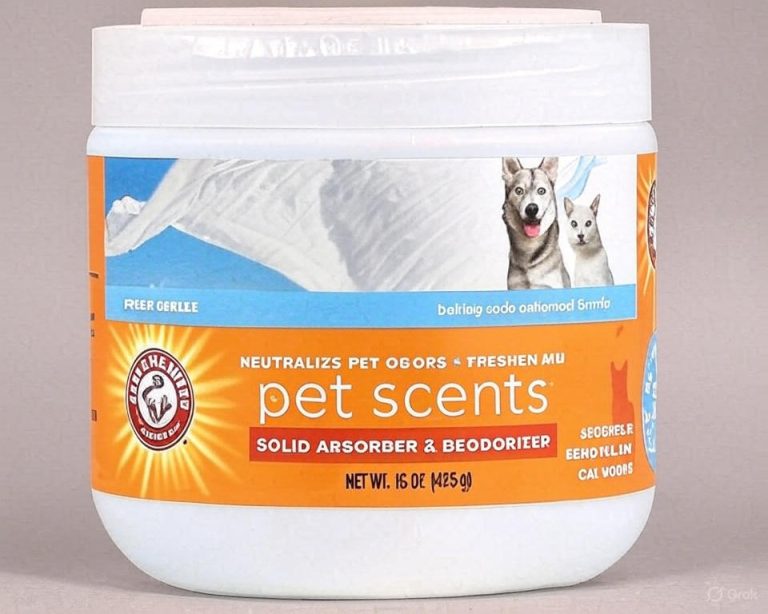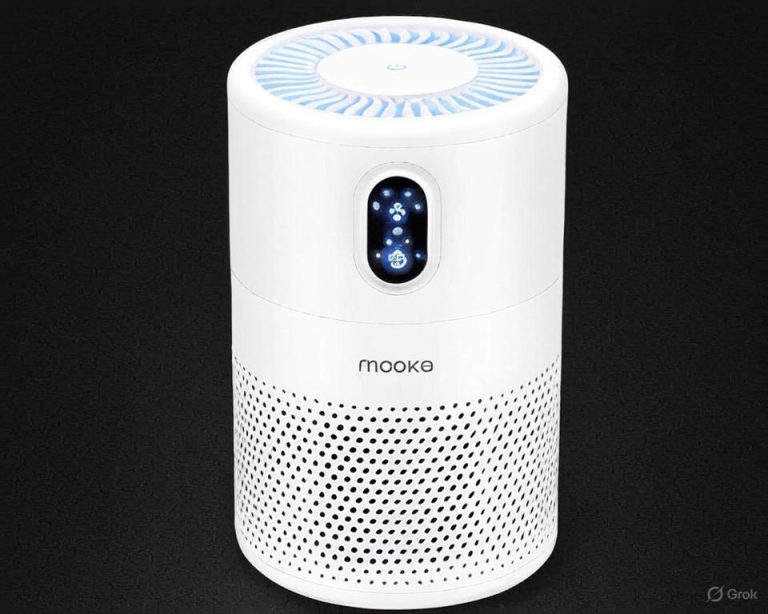5 Best Air Filters for Pets In 2025
Pet owners face unique challenges when it comes to maintaining clean indoor air. Between floating pet hair, lingering odors, and microscopic dander particles, your furry friends can significantly impact your home’s air quality. The right air purifier transforms your living space into a cleaner, healthier environment for both you and your beloved pets.
This comprehensive guide examines the top-performing air filters specifically designed to tackle pet-related air quality issues. We’ve analyzed performance data, customer feedback, and technical specifications to bring you detailed reviews of the most effective solutions available today.
Why Pet Owners Need Specialized Air Filtration
Pets bring joy, companionship, and unfortunately, various airborne particles into our homes. Dog and cat dander consists of microscopic skin flakes that become airborne and trigger allergic reactions in sensitive individuals. These particles measure between 0.5 to 10 microns, making them small enough to remain suspended in air for extended periods.
Pet hair creates another layer of complexity. While larger hair strands eventually settle on surfaces, smaller fragments continue circulating through your home’s air circulation system. Traditional cleaning methods often fail to capture these airborne particles effectively.
Pet odors present an ongoing challenge that standard air fresheners merely mask rather than eliminate. Effective air purification systems neutralize odor molecules at their source, providing genuine relief rather than temporary fragrance overlay.
The health implications extend beyond simple discomfort. Pet allergens can trigger asthma attacks, cause respiratory irritation, and lead to persistent sneezing and congestion. Children and elderly family members face heightened sensitivity to these airborne particles.
Key Features to Look for in Pet Air Purifiers
Successful pet air purification depends on several critical components working together harmoniously. HEPA filtration forms the foundation of effective pet air cleaning systems. True HEPA filters capture 99.97% of particles measuring 0.3 microns or larger, ensuring comprehensive removal of pet dander and hair fragments.
Multi-stage filtration systems provide superior results compared to single-filter units. Pre-filters capture larger particles like visible pet hair, extending the life of more expensive HEPA filters. Activated carbon layers absorb odor molecules and volatile organic compounds that contribute to pet-related smells.
Room coverage capacity determines how effectively an air purifier can clean your specific space. Manufacturers typically provide square footage ratings, but these figures often assume optimal conditions. Pet owners should consider units rated for spaces 20-30% larger than their actual room size to account for the additional particle load pets create.
Air change rates indicate how frequently an air purifier processes the entire room’s air volume. Quality pet air purifiers should complete 4-6 air changes per hour for optimal performance. This ensures continuous circulation and prevents particle accumulation.
Noise levels become crucial for pet households, as many animals are sensitive to mechanical sounds. Look for units offering multiple fan speeds, including quiet operation modes for nighttime use or when pets are resting.
Top 5 Best Air Filters for Pets – Detailed Reviews
1. LEVOIT Core300-P Air Purifier – Premium Performance Champion
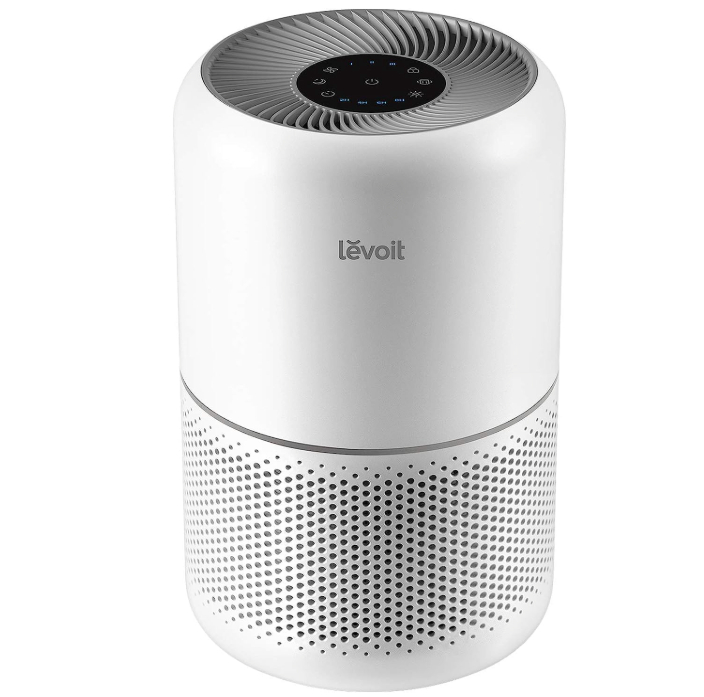
The LEVOIT Core300-P stands as our top pick for pet owners seeking comprehensive air purification in medium to large spaces. This powerhouse unit covers up to 1,074 square feet with its robust 56W high-torque motor, making it ideal for open-concept homes or multiple-pet households.
Performance Analysis
The Core300-P employs a sophisticated 3-in-1 filtration system that tackles pet-related air quality issues from multiple angles. Its pre-filter captures visible pet hair and larger debris, while the True HEPA filter removes 99.97% of airborne particles down to 0.3 microns. The activated carbon filter neutralizes pet odors effectively, eliminating rather than masking unpleasant smells.
AHAM verification provides third-party confirmation of the unit’s performance claims. This certification ensures the Core300-P meets rigorous testing standards for particle removal efficiency and room coverage capacity.
The sleep mode feature operates at whisper-quiet levels, making it perfect for bedrooms where pets sleep alongside their owners. Despite its powerful motor, the unit maintains remarkably low noise levels across all speed settings.
Pros and Cons
Strengths include exceptional coverage area, AHAM verification, ultra-quiet operation, and comprehensive filtration system. The unit’s sleek white design complements most home decor styles without appearing industrial or intrusive.
Potential drawbacks include higher replacement filter costs compared to basic units and lack of washable pre-filter options. Some users report the unit’s size may be substantial for smaller rooms.
Best For: Large homes with multiple pets, open-concept living spaces, pet owners with severe allergies
2. MOOKA H13 HEPA Air Purifier – Large Room Specialist
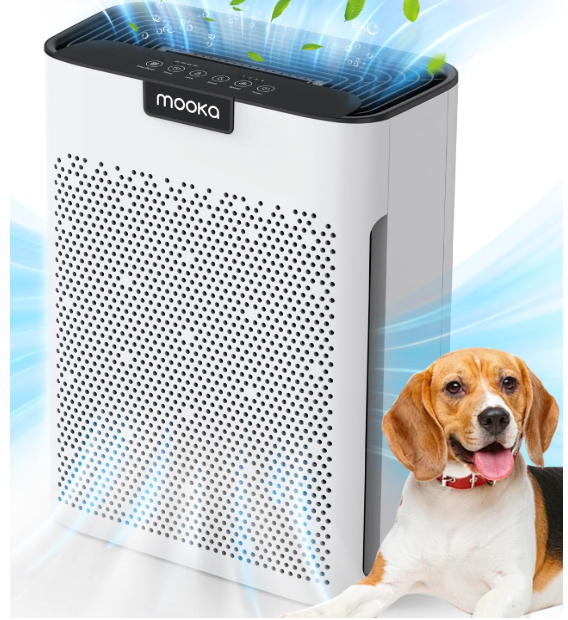
The MOOKA H13 excels in extra-large spaces, covering up to 2,200 square feet with its advanced filtration technology. This unit specifically targets homes with multiple pets or those dealing with persistent odor issues.
Performance Analysis
The H13 True HEPA filter surpasses standard HEPA requirements by capturing 99.99% of particles measuring 0.1 microns or larger. This enhanced efficiency proves particularly valuable for pet owners dealing with ultrafine dander particles that escape standard filtration systems.
Washable pre-filters provide long-term cost savings by reducing replacement filter frequency. Users can easily maintain optimal performance by cleaning these filters every 2-3 months, extending the life of more expensive HEPA components.
The fragrance sponge feature allows users to add natural scents while the carbon filter eliminates odors. This dual approach provides immediate fragrance enhancement while addressing underlying odor sources.
Pros and Cons
Major advantages include massive coverage area, washable pre-filters, H13 HEPA efficiency, and cost-effective long-term operation. The unit’s powerful fan system ensures rapid air circulation even in expansive spaces.
Limitations include higher initial purchase price, increased energy consumption, and potential for increased noise levels at maximum fan speeds. The unit’s size may overwhelm smaller rooms.
Best For: Large homes, multi-pet households, pet owners prioritizing long-term cost savings
3. LEVOIT Core Mini-P – Compact Powerhouse
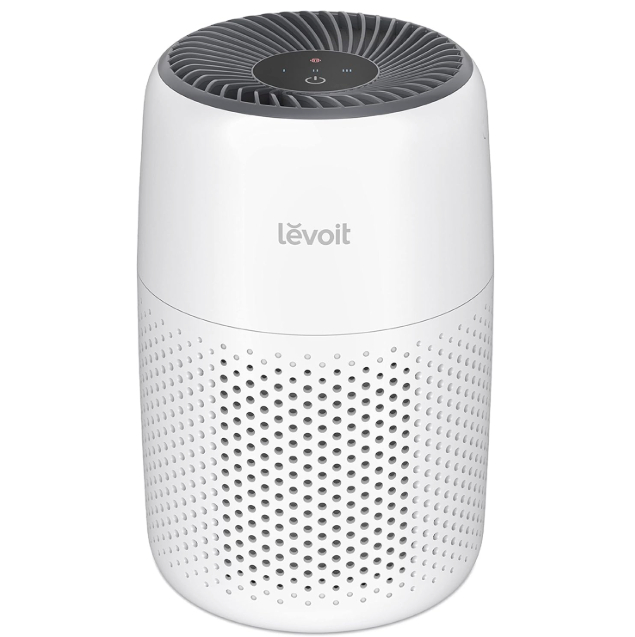
The Core Mini-P proves that effective pet air purification doesn’t require massive units. This compact desktop model delivers impressive performance for small spaces, bedrooms, and office environments.
Performance Analysis
Despite its diminutive size, the Core Mini-P incorporates the same 3-in-1 filtration technology found in larger LEVOIT units. The True HEPA filter effectively captures pet dander and hair particles, while the activated carbon layer addresses odor concerns.
The fragrance sponge feature distinguishes this unit from basic compact purifiers. Users can add essential oils or natural fragrances to enhance their environment while the unit continues removing airborne contaminants.
Portability represents a significant advantage for pet owners who travel frequently or need flexible placement options. The unit’s lightweight design allows easy relocation between rooms as needed.
Pros and Cons
Strengths include exceptional portability, comprehensive filtration in a compact package, fragrance enhancement capability, and affordable pricing. The unit’s small footprint makes it suitable for cramped spaces.
Weaknesses include limited coverage area, more frequent filter replacements due to smaller filter size, and reduced fan power compared to larger units. Some users may find the fragrance feature unnecessary.
Best For: Small rooms, bedrooms, offices, apartments, travel use
4. MOOKA Air Purifier (1076 ft²) – Balanced Performance
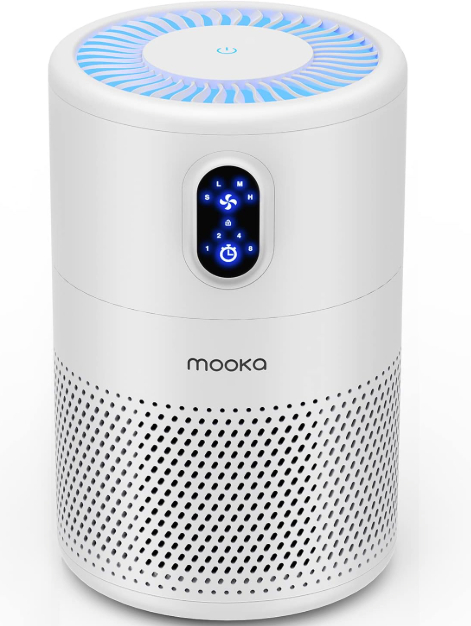
This MOOKA model strikes an excellent balance between coverage area, performance, and affordability. Covering up to 1,076 square feet, it suits most average-sized homes while maintaining competitive pricing.
Performance Analysis
The H13 True HEPA filter provides superior particle capture efficiency, removing 99.99% of particles down to 0.1 microns. This enhanced filtration proves particularly effective against fine pet dander that triggers allergic reactions.
The built-in night light feature adds convenience for evening navigation without disturbing sleeping pets. The gentle illumination provides sufficient visibility while maintaining a calming environment.
Multiple fan speeds allow users to customize operation based on current air quality needs. Higher speeds provide rapid air cleaning during peak pet activity periods, while lower speeds maintain air quality during quieter times.
Pros and Cons
Advantages include excellent value proposition, H13 HEPA efficiency, convenient night light, and solid coverage area. The unit’s performance rivals more expensive competitors while maintaining reasonable pricing.
Drawbacks include non-washable pre-filters, limited additional features compared to premium units, and potential availability restrictions in certain regions. The night light may be unnecessary for some users.
Best For: Average-sized homes, budget-conscious pet owners, those seeking reliable basic performance
5. GermGuardian AC4825E – UV-C Enhanced Protection
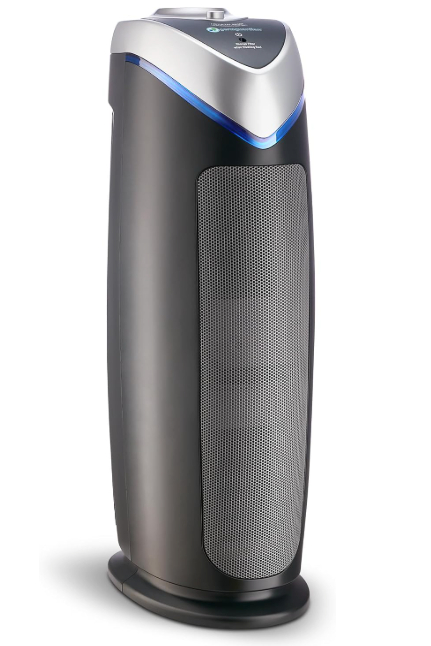
The GermGuardian AC4825E incorporates UV-C light technology alongside traditional HEPA filtration, providing enhanced pathogen elimination for health-conscious pet owners.
Performance Analysis
The True HEPA filter captures 99.97% of particles down to 0.3 microns, effectively removing pet dander, hair, and other airborne contaminants. The activated carbon layer addresses odor molecules and volatile organic compounds common in pet environments.
UV-C light technology provides an additional layer of protection by neutralizing bacteria, viruses, and other microorganisms that may be present in pet environments. This feature proves particularly valuable for households with immunocompromised family members or multiple pets.
The unit’s vertical tower design maximizes filtration efficiency while minimizing floor space requirements. Air enters through the bottom and exits through the top, creating optimal circulation patterns.
Pros and Cons
Strengths include UV-C pathogen elimination, proven HEPA filtration, space-efficient design, and comprehensive particle removal. The unit’s established reputation provides confidence in long-term reliability.
Weaknesses include UV-C bulb replacement requirements, higher maintenance costs, and potential ozone production concerns. Some users may find the tower design less stable than wider units.
Best For: Health-conscious pet owners, households with multiple pets, those seeking pathogen elimination
Comprehensive Comparison Analysis
When evaluating these top-performing air purifiers, several key factors emerge as decisive elements for pet owners. Coverage area represents the primary consideration, as inadequate room coverage results in incomplete air cleaning regardless of other features.
The LEVOIT Core300-P offers the most comprehensive package for medium to large spaces, combining proven HEPA filtration with AHAM verification and ultra-quiet operation. Its 1,074 square feet coverage handles most home environments effectively while maintaining reasonable energy consumption.
The MOOKA H13 (2,200 ft²) dominates in large-space applications, providing exceptional coverage for expansive homes or multi-pet households. Its washable pre-filters offer long-term cost advantages, though initial investment requirements are higher.
For compact spaces, the LEVOIT Core Mini-P delivers remarkable performance in a portable package. Its fragrance enhancement capability and desktop-friendly size make it ideal for bedrooms, offices, or travel use.
The balanced MOOKA model (1,076 ft²) provides excellent value for average-sized homes, offering H13 HEPA efficiency at competitive pricing. Its night light feature adds convenience without significantly increasing costs.
The GermGuardian AC4825E appeals to health-conscious pet owners seeking additional pathogen protection through UV-C technology. Its established reputation and comprehensive filtration make it suitable for households prioritizing maximum air quality.
Filter Replacement and Maintenance Considerations
Regular filter maintenance ensures optimal performance and extends air purifier lifespan. Most manufacturers recommend HEPA filter replacement every 6-12 months, depending on usage intensity and pet load.
Pre-filter maintenance varies by model design. Washable pre-filters require monthly cleaning but offer long-term cost savings. Non-washable pre-filters need replacement every 3-6 months but provide consistent performance without user intervention.
Activated carbon filters typically require replacement every 6-12 months, as their odor-absorption capacity gradually diminishes over time. Heavy pet odor environments may necessitate more frequent replacement.
Filter replacement costs vary significantly between models and manufacturers. Budget-conscious pet owners should factor ongoing maintenance expenses into their initial purchase decision.
Energy Efficiency and Operating Costs
Modern air purifiers designed for pet environments typically consume 30-60 watts during normal operation. Energy-efficient models can operate continuously for under $50 annually in electricity costs.
Sleep mode operation reduces energy consumption by 50-70% while maintaining basic air circulation. This feature proves particularly valuable for bedroom units that operate continuously.
Timer functions allow users to optimize operation schedules based on family and pet activity patterns. Running units during peak pet activity periods maximizes efficiency while reducing overall energy consumption.
Optimal Placement Strategies for Pet Air Purifiers
Strategic placement significantly impacts air purifier performance in pet environments. Central locations provide the most comprehensive coverage, but specific pet behavior patterns may require adjusted positioning.
Pet sleeping areas benefit from dedicated air purification, as these zones accumulate concentrated dander and hair particles. Bedroom units should prioritize quiet operation over maximum power output.
High-traffic pet areas, such as entryways and living rooms, require robust filtration capacity to handle constant particle generation. These locations benefit from units with higher air change rates.
Avoiding placement near pet feeding areas prevents food particles from overwhelming filtration systems. Maintaining adequate clearance around units ensures proper air circulation and prevents performance degradation.
Additional Features Worth Considering
Air quality sensors provide real-time feedback on current air conditions, allowing users to adjust operation modes based on actual need rather than predetermined schedules. This feature proves particularly valuable in households with varying pet activity levels.
Remote control capabilities enhance convenience, especially for units placed in hard-to-reach locations. Smartphone connectivity allows monitoring and control from anywhere in the home.
Filter replacement indicators prevent performance degradation by alerting users when maintenance is required. This feature eliminates guesswork and ensures optimal operation.
Multiple fan speeds provide flexibility for different situations. Higher speeds handle sudden increases in airborne particles, while lower speeds maintain air quality during quiet periods.
Health Benefits for Pet Owners
Effective air purification provides immediate relief for pet allergy sufferers. Reduced airborne dander concentrations minimize allergic reactions and respiratory irritation.
Improved sleep quality results from cleaner bedroom air, as reduced allergen exposure prevents nighttime congestion and breathing difficulties. Many users report better rest within days of installation.
Long-term health benefits include reduced asthma trigger exposure and improved overall respiratory health. Clean air environments support better immune system function and general wellness.
Children particularly benefit from reduced pet allergen exposure, as early-life sensitization can lead to lifelong allergic reactions. Preventive air purification helps protect developing immune systems.
Noise Level Considerations
Pet-sensitive households require careful attention to operational noise levels. Many animals are disturbed by mechanical sounds, potentially causing stress or behavioral changes.
Modern air purifiers typically operate at 25-55 decibels, comparable to quiet conversation levels. Sleep mode operation reduces noise to barely audible levels while maintaining air circulation.
Fan speed adjustment allows users to balance cleaning power with noise production. Higher speeds provide rapid air cleaning during pet activity periods, while lower speeds maintain quiet operation during rest times.
Smart Home Integration
Contemporary air purifiers increasingly offer smart home compatibility, allowing integration with existing home automation systems. Voice control through Alexa or Google Assistant provides hands-free operation.
Smartphone apps enable remote monitoring and control, allowing users to adjust settings while away from home. This feature proves valuable for pet owners with varying schedules.
Air quality data integration with smart home systems provides comprehensive environmental monitoring. Users can track air quality trends and optimize operation schedules accordingly.
Seasonal Considerations for Pet Air Purification
Seasonal shedding patterns significantly impact air purifier workload. Spring and fall shedding seasons require increased filtration capacity to handle elevated particle loads.
Winter months with reduced ventilation trap more airborne particles indoors, necessitating continuous operation to maintain air quality. Heating systems can also circulate more pet dander throughout the home.
Summer air conditioning use can either help or hinder air purification efforts, depending on system design and maintenance. Regular HVAC filter changes complement air purifier performance.
Cost-Benefit Analysis
Initial investment costs for quality pet air purifiers range from $100-400, with ongoing filter replacement expenses of $50-150 annually. These costs pale in comparison to potential medical expenses from untreated pet allergies.
Reduced cleaning requirements offset some operational costs, as effective air purification prevents particle accumulation on surfaces. This benefit proves particularly valuable for busy pet owners.
Improved comfort and health provide intangible benefits that justify the investment for most pet owners. Better sleep quality, reduced allergic reactions, and improved overall air quality enhance daily life significantly.
Making the Right Choice for Your Household
Selecting the optimal air purifier depends on specific household needs, pet types, and environmental factors. Single-pet households typically require less filtration capacity than multi-pet environments.
Room size represents the primary selection criterion, as inadequate coverage results in incomplete air cleaning. Err on the side of oversizing rather than undersizing for optimal results.
Budget considerations should include both initial purchase price and ongoing operational costs. Higher-quality units often provide better long-term value through improved efficiency and durability.
Conclusion
The right air purifier transforms pet ownership from a constant battle against airborne particles to a more comfortable, healthier living experience. Our comprehensive analysis reveals that the LEVOIT Core300-P offers the best overall performance for most pet households, combining exceptional coverage, proven filtration, and quiet operation.
Pet owners with expansive homes will find the MOOKA H13 (2,200 ft²) provides unmatched coverage at competitive pricing. Its washable pre-filters offer long-term cost advantages for budget-conscious households.
Compact spaces benefit from the LEVOIT Core Mini-P’s remarkable performance in a portable package. Its versatility and affordability make it an excellent choice for apartments, bedrooms, or travel use.
The balanced MOOKA model (1,076 ft²) delivers excellent value for average-sized homes, while the GermGuardian AC4825E appeals to health-conscious pet owners seeking additional pathogen protection.
Investing in quality air purification pays dividends in improved health, comfort, and quality of life for both pets and their owners. Clean air creates a more enjoyable living environment where the joy of pet ownership isn’t overshadowed by airborne irritants and odors.
The key to success lies in selecting the appropriate unit for your specific needs, maintaining it properly, and positioning it strategically within your home. With the right air purifier working continuously in the background, you can focus on enjoying your pets rather than battling the air quality challenges they create.

